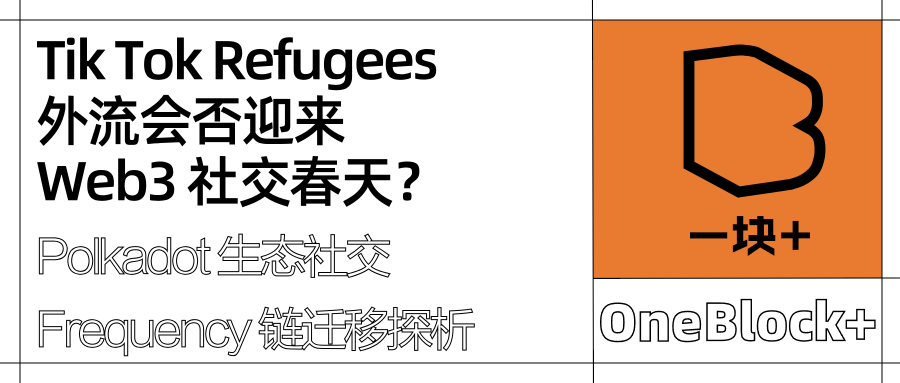
On the evening of January 18, 2025, TikTok officially stopped platform services in the United States. As early as a week ago, the U.S. Supreme Court had made a final ruling to uphold the law that would force the sale or ban of TikTok in the United States on January 19. U.S. President Trump said the court's ruling was expected. He also mentioned that the ruling on the app would be exercised in the near future, but more time would be needed to review the relevant situation. In the following days, the TikTok application resumed normal use and operation access. However, in this wave of Tik Tok ban, a large number of overseas Tik Tok users flocked to other available new social platforms, among which the hot platform was Xiaohongshu. Tik Tok users were nicknamed "Tik Tok Refugee", and they will embrace the brand new social environment and platform experience again.
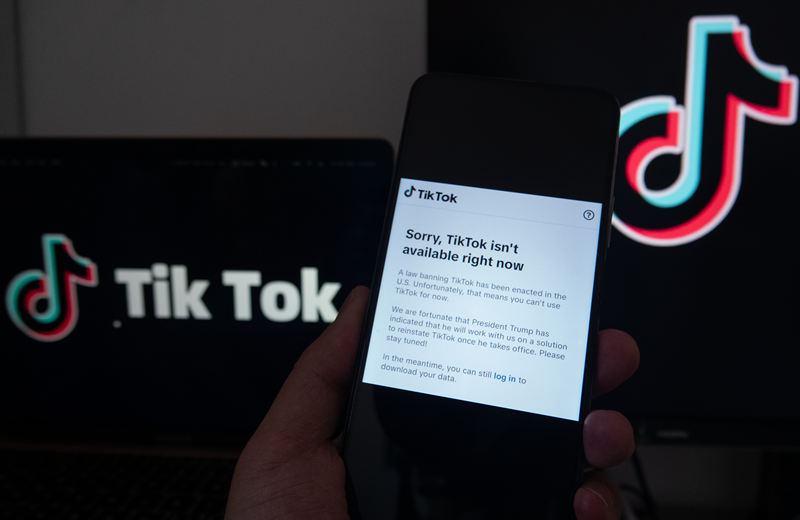
At the same time, Web3 industry professionals have also actively analyzed and discussed hot events. Many professionals believe that this wave of Tik Tok bans may lead to user migration to Web3 social platforms. There are many observations and reflections on the Polkadot ecosystem. Among a number of ecological projects, Frequency has become a hot topic as a social rising star. After taking over the migration of 500,000 MeWe users last year, does it have the opportunity to host Tik Tok Refugee? Let us discuss and look forward together.
Leading social migration, why is the Polkadot ecosystem Frequency chain so eye-catching?
The foundation of social application transition: Polkadot's philosophy and advantages
As an open and free ecosystem designed to achieve multi-chain interconnection, Polkadot's most significant advantage is the use of XCM (cross-consensus message format) to solve the interoperability problem between blockchains, thereby achieving message transmission and asset transfer between parallel chains, facilitating seamless interaction of projects within the ecosystem, and improving the practicality and flexibility of blockchains. At the same time, the decentralized governance and parallel chain slot mechanism adopted by Polkadot can give users a fast and smooth user experience in a more democratic and innovative form. This diversity and robustness of carrying performance provides a wealth of choices and a superior environment for the operation of DeFi, NFT, social, sports and other projects, and also provides basic conditions for the birth of more emerging applications in the transition from Web2 to Web3.
MeWe successfully migrated 500,000 users to Frequency
In the Polkadot ecosystem with high performance and diversified options, Frequency, as a decentralized social media parachain, aims to provide a transparent, decentralized social network, and is increasingly becoming a rising star and hot topic in the industry. As early as January 2024, MeWe, a global social network with more than 20 million users, and Amplica Labs, a technology development company launched by McCourt Global, announced that they had successfully migrated 500,000 active MeWe users to Web3 by using the Frequency blockchain. This migration from Web2 to Web3 is the largest and most seamless of its kind , and it also indirectly verifies that Frequency has the migration capacity to receive social media users and can maximize the user experience.
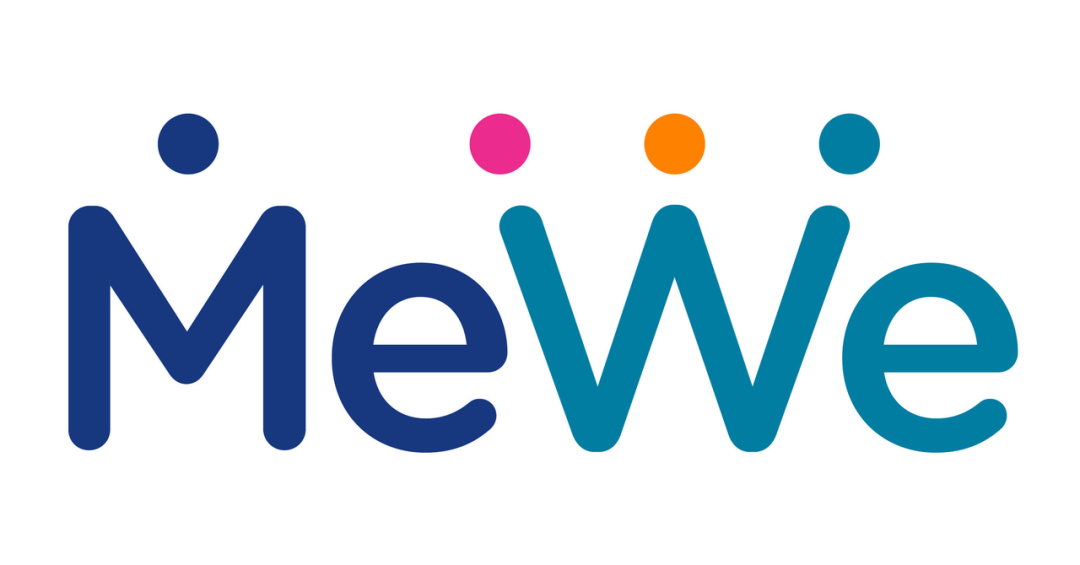
MeWe leverages Frequency (Layer-1 blockchain) to efficiently provide Web3 capabilities to users. Through the integration of DSNP and Frequency, MeWe provides its users with a range of enabling features, including data ownership, the ability to receive a universal account, and a social media experience characterized by enhanced privacy, increased control, and authentic sharing.
Decentralized and scalable, Frequency adapts to TikTok's user experience needs
In fact, in addition to the verified large-scale social user migration examples, the Frequency chain's own decentralization and user autonomy, scalable and smooth operation experience , economic innovation model and standardized structure all provide objective conditions for the possible acceptance of Tik Tok users.
Decentralization and user autonomy
The core concept of the Frequency project is to give users full control over their own data. Users can choose how to store and share their data, avoiding the centralized control and abuse of user data by traditional social media platforms. This decentralized feature is very attractive to users who care about privacy and data security. At present, whether it is Tik Tok overseas or Xiaohongshu and Douyin in China, there are behaviors of excessive collection of user privacy. Through background big data information analysis and user portrait matching, customized information services are provided to users anytime and anywhere, but it also brings real problems such as privacy leakage and asset protection difficulties. If social media applications can be transferred to the Web3 world, data ownership may be returned to users. In addition, the main needs of TikTok users include content creation and sharing, social interaction, entertainment and privacy protection . If the Frequency chain or similar Web3 social platforms can provide a better platform experience, the possibility of user migration will also be greatly increased.
Scalable and smooth operation experience
User autonomy will give Tik Tok users more initiative, and scalable hardware support will enable Polkadot ecosystem projects such as Frequency to actively distinguish between financial transactions and data transactions , and have the ability to handle large-scale social data and alleviate transaction congestion. It can be seen that traditional Web2 users often encounter problems such as slow response when ordering goods and streaming videos in applications such as Douyin and Tik Tok. Frequency can seek a balance between performance and security in cross-chain communication and data storage mechanisms , resolve common operating difficulties, and allow users to enjoy functions comparable to Web2 social networking.
Economic model and standardized architecture
In order to better provide social platform users with real-life experience such as economic transactions, Frequency adopts a pledge system called " Capacity " to transform transaction costs from operating expenses to capital expenditures . This economic model enables users and enterprises to better budget and control costs, avoiding the problem of excessive fluctuations in transaction fees in traditional blockchains. This makes it easier for Web2 social users to trade on social platforms such as Tik Tok .
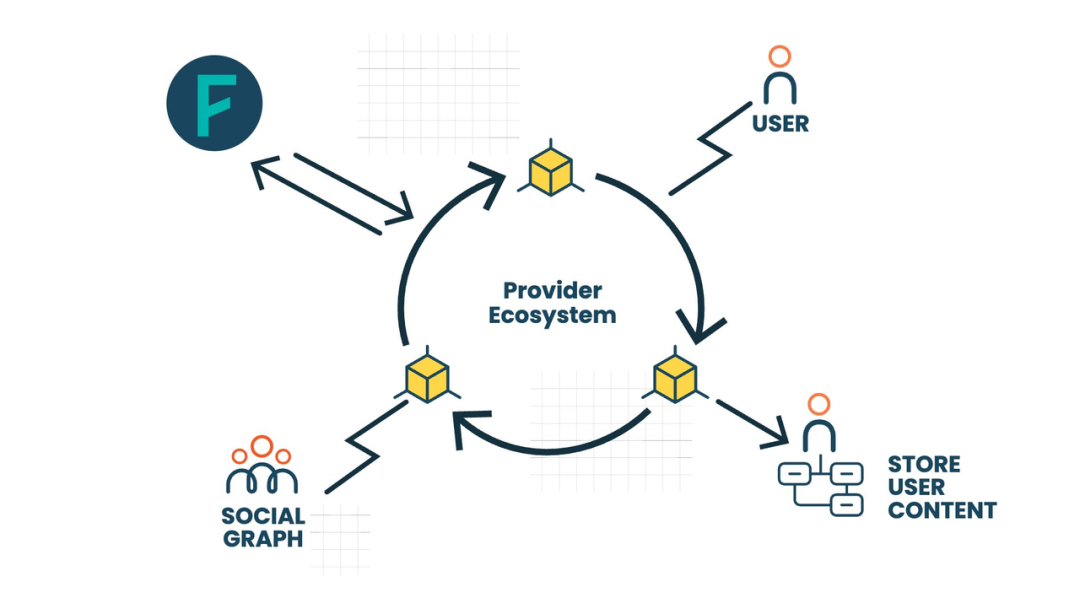
In addition, Frequency emphasizes collaborative standardization and achieves standardized rapid iteration through smart schemas . This model not only improves the development and iteration efficiency of the project platform, but also promotes technical project cooperation and innovation within the community, bringing more application experience and emerging module functions to social media users, and is expected to enhance Tik Tok's functional advantages and attractiveness.
The maturity of the ecosystem needs to be improved urgently, and Frequency still needs to solve technical software and hardware problems
Admittedly, the rapid development of the Polkadot ecosystem and the increasing functionality of the Frequency platform have brought hope of migration to traditional social users such as Tik Tok. However, a number of Web3 social applications, including Frequency, still have technical software and hardware ruts that need to be improved and solved by industry professionals.
Experience threshold and maturity limit
First of all, it is inevitable that Web3 decentralized applications require certain technical basics for beginners, including wallet management, token staking and other major functions. For users who are used to most Web2 social software (including Tik Tok users), the operation may be too complicated, resulting in poor user experience and operational restrictions. The Web3 platform relies on blockchain and encryption technology. Users need to know how to manage sensitive information such as encrypted wallets and private keys, and understand how blockchain works. This technical threshold is high for ordinary users, causing them to feel confused when using the Frequency chain.
Compared with popular domestic and foreign social apps, Frequency, as an emerging decentralized social media platform, has not yet reached a mature state in terms of operating ecology, user volume, native KOL support, etc. , and lacks rich personalized functional module support. TikTok provides a powerful content recommendation algorithm and diversified creation tools to meet users' life recording and expression needs in various scenarios . In this regard, Frequency is still in its initial exploration stage.
Real Disadvantages of Decentralized Technology
The decentralized nature of the Web3 world is both an advantage and a drawback in practical applications. On the one hand, the decentralized nature easily leads to the complexity of content review and governance , such as how to prevent the spread of false information and harmful content, which is a common challenge faced by decentralized social media; on the other hand, Web3 platforms usually require users to manage wallets, token staking and other operations, which may be too complicated for ordinary users . Real problems such as inconvenient wallet use and unfriendly terminology will hinder users from further conducting transaction communication and asset management on the new social platform.
Market governance and regulatory environment challenges
A sound platform operation requires a sound community environment. Looking at the application of social software at home and abroad, social media in various regions are facing increasing policy and regulatory pressure. Currently, TikTok is facing policy pressure in the United States and other places, which has caused some users to migrate to other platforms. This shutdown threat has forced users to turn to the domestic Xiaohongshu platform. Whether there will be more stringent policy and regulatory regulations in the future remains unknown.
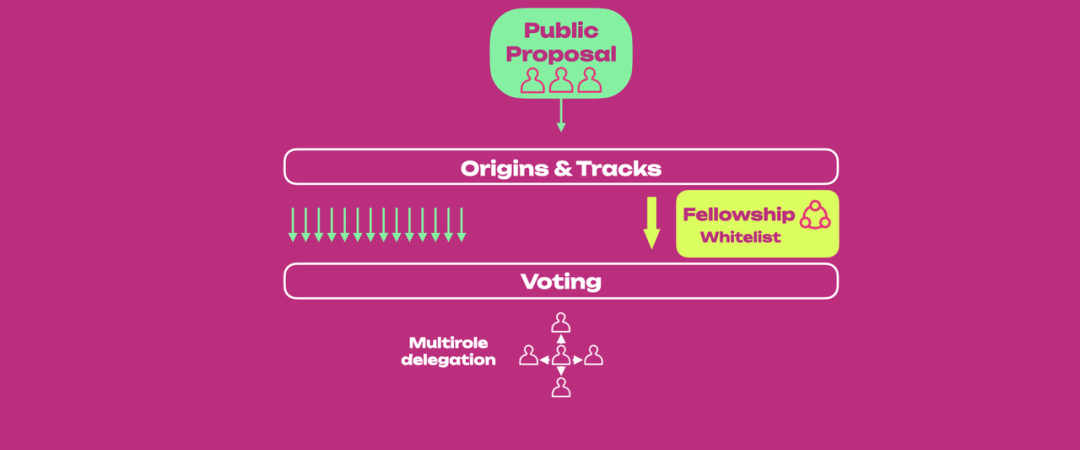
In addition, in terms of the governance of the platform itself, Polkadot and Frequency both adopt a decentralized governance mechanism, allowing users to participate in platform decision-making through voting and other means (OpenGov: all referendums are open to the public, anyone can initiate a referendum at any time, and can initiate it as frequently as they wish) . This model enhances the trust and goodwill of users in the market environment towards the platform, but it may also lead to inefficient decision-making due to meeting democratic requirements. A mature social platform must attract more users to join in the appropriate incentive mechanism and the balance of stability and supervision, which is also the direction that Polkadot ecological projects such as Frequency need to work towards in the future.
Conclusion: Looking forward to the new social future with the accelerated integration of Web2 and Web3
In general, whether TikTok users will have the opportunity to migrate to Frequency Chain or other Web3 social platforms in the future still depends on whether the users' actual social needs are better met, whether the platform features are better than existing platforms, whether the technical threshold is lowered, whether the market and policy environment is favorable, and whether the platform provides unique economic incentives and innovative functions.














